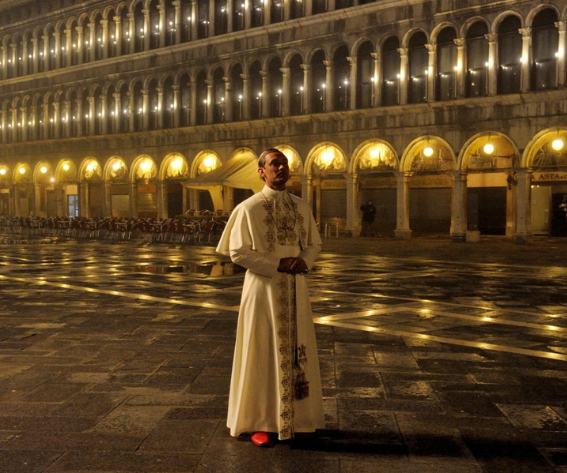I’ve been on a kick lately with National Geographic’s Mega Episodes on YouTube, and I’m amazed at the quality. They’re fully-fledged free documentaries, and I can’t recommend them enough–particularly the ‘Arctic Ascent with Alex Honnold’ (2024). It’s also got me thinking about documentaries and what makes a good one.
While these National Geographic episodes are their own, I love a good documentary from a general perspective. Whether it’s Hoop Dreams or Free Solo, there’s plenty for everyone in the documentary world. Regardless, three core elements make a good documentary: its story, storytelling, and style.
Regardless, we all agree that documentary filmmaking is a dynamic art that demands ongoing learning and adaptation. By refining your skills and embracing creativity, you can confidently tackle the filmmaking process and make a lasting impression on your audience. With that being said, let’s discuss documentaries, eh? For instance, imagine a documentary diving into the rise of the online gambling sector in Europe, particularly in Slovakia. The growth of SK casino online platforms would make for a compelling story, blending elements of technology, culture, and human psychology. Such a film could shine a light on how these platforms have transformed entertainment, while also exploring the challenges of regulation, responsible gaming, and cybersecurity in this booming industry.
The Story
Like anything else, the story matters, even within a documentary. Documentary filmmaking differs significantly from working on fiction, especially in the editing process. While a fiction editor typically follows a pre-planned storyboard and selects the best takes, a documentary editor plays a crucial and influential role in shaping the story’s direction, often making pivotal decisions that determine the narrative path.
Deciding on your narration style is crucial, as it influences several other aspects of your film. This decision will determine whether you conduct interviews or write a voice-over script, affect your shooting and editing approach, and shape the source of the primary emotional impact in your story.
While every film addresses a general topic, the most impactful ones go beyond that. Consider the subject of a documentary as its link to the world and its history. In contrast, the story connects the documentary to the hearts of its audience—reaching out to real, living people and fostering a deep emotional connection.
How It’s Told
there were six modes of documentary—poetic, expository, reflexive, observational, performative, and participatory—each containing its specific characteristics. While some documentary films may have an overlap in traits, each mode is a category that can be boiled down to a few particular elements.
Poetic Mode: This mode focuses on mood, tone, or visual juxtaposition rather than linear narrative.
Expository Mode: Expository documentaries present a specific argument or point of view, often supported by a “voice of God” narration. The cinematographer collects footage—such as stock, archival, or re-enactments—reinforcing the film’s argument.
Participatory Mode: This mode involves interaction between filmmakers and subjects, with the cinematographer capturing both the interviewer and interviewee.
Observational Mode: Embraced by cinema verité, observational documentaries aim to capture subjects in their natural state without interference.
Reflexive Mode: Reflexive documentaries often explore the relationship between the filmmaker and the audience by showcasing the filmmaking process.
Performative Mode: This mode centers on the filmmaker’s involvement with the subject, using their personal experiences to explore broader truths. This personal touch adds authenticity and a unique perspective to the documentary, making it more engaging for the audience.
Style
Creating compelling documentaries requires a profound grasp of cinematography and filmmaking techniques. Cinematic lighting plays a crucial role in more than just illuminating scenes; it sets the mood, evokes emotions, and adds depth.
Filmmakers can skillfully use natural and artificial light to transform scenes and engage audiences. Here are some practical tips for mastering cinematic lighting. Additionally, consider the impact of three-point lighting, subjective camera perspectives, and the art of suspense to enhance visual appeal and emotional immersion.
Finally, collaborate with an experienced cinematographer to bring creative lighting concepts and techniques to your documentary, boosting its quality and aesthetic appeal. Collaborating is huge in filmmaking, especially in the documentary world.










Leave a reply